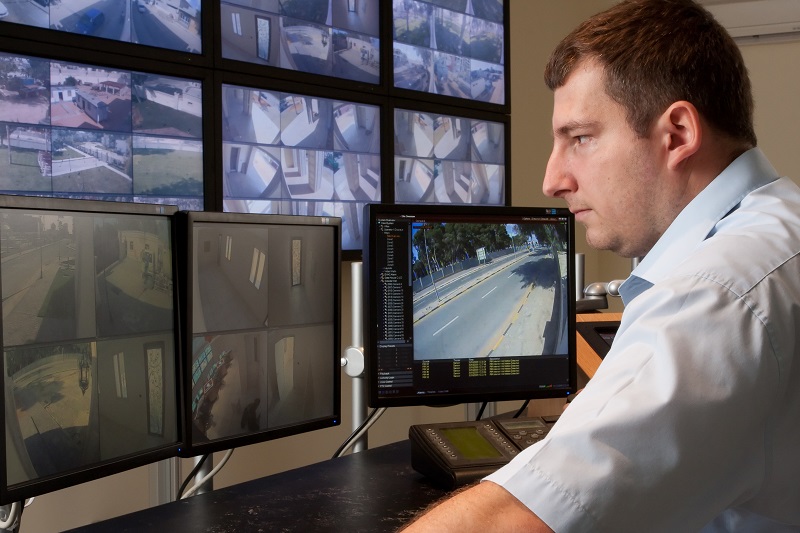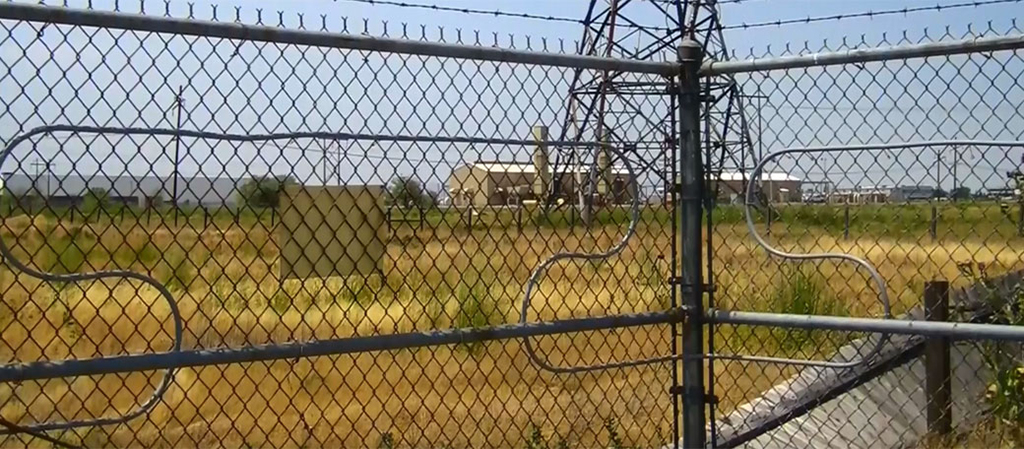How Security Fibers Are Used to Improve the Efficiency of Security Surveillance Networks
How Security Fibers Are Used to Improve the Efficiency of Security Surveillance Networks
Blog Article
Improve Your Safety And Security With Advanced Fiber Optic Safety And Security Equipments
In an age where protection is critical, innovative fiber optic safety and security systems provide an engaging service for improving safety and security across different settings. These systems not only flaunt premium bandwidth and speed for high-resolution security but likewise supply remarkable durability versus exterior interferences. As organizations progressively look for reliable ways to secure their properties, the assimilation of innovative technologies like AI and IoT within fiber optic frameworks increases crucial inquiries about their effectiveness compared to standard systems. What ramifications do these advancements hold for future security actions?
Benefits of Fiber Optic Security
Harnessing the benefits of fiber optic modern technology dramatically boosts safety systems across various applications. Among the key advantages is the enhanced bandwidth ability, permitting the transmission of big amounts of information at broadband. This is especially important for real-time video surveillance, where high-resolution feeds can be sent out without latency, making sure instant response capacities.
Furthermore, fiber optics show remarkable resistance to electromagnetic interference, which is essential in atmospheres with potential signal disturbances. This dependability guarantees regular efficiency in crucial safety operations. Fiber optic cables are much less prone to touching and unapproved gain access to contrasted to conventional copper circuitry, thus boosting data honesty and confidentiality.
One more remarkable advantage is the durability of fiber optic systems; they are a lot more immune to environmental aspects such as moisture, temperature changes, and corrosive compounds. This strength translates to reduce upkeep costs and longer life expectancies for safety installations.
Finally, the light-weight nature of fiber optic cables helps with much easier installation and directing, especially in intricate frameworks (fiber optic security system). Ultimately, the combination of fiber optic innovation right into protection systems not only reinforces security procedures yet additionally optimizes operational effectiveness
Trick Functions to Consider
When assessing fiber optic safety systems, a number of vital features need to be thought about to guarantee optimum performance and efficiency. Examine the system's detection range and level of sensitivity; a considerable array enables for keeping an eye on big locations, while high level of sensitivity makes sure that even minor disruptions are found immediately.
Next, take into consideration the assimilation abilities of the system. A fiber optic safety and security system should flawlessly interface with existing security actions such as cams and alarms, developing a cohesive security network.
Longevity and ecological resistance are also critical attributes. Guarantee that the system is designed to stand up to severe climate condition and prospective physical threats, as this will certainly prolong its functional lifespan.

Lastly, look right into the scalability of the system. A robust fiber optic security system need to be quickly expandable to fit future needs without substantial overhauls. By very carefully thinking about these attributes, you can choose a fiber optic security option that enhances security and safety and security in your setting.
Setup Refine Summary
To efficiently execute a fiber optic protection system, a methodical installation procedure is important. This procedure begins with a detailed website assessment to establish the particular safety needs and to determine optimum locations index for fiber optic cords and security gadgets. Following this analysis, the setup group will establish an in-depth strategy, including cable television pathways, needed tools, and conformity with regional guidelines.
Next, the setup involves laying the fiber optic wires, ensuring they are safeguarded from ecological variables and physical damages. Proper handling methods are important, as fiber optic cords are delicate and can be quickly damaged. After the cabling is set up, ports and discontinuations are diligently finished to ensure signal integrity.
The succeeding stage includes installing protection gadgets such as video cameras, motion detectors, and alarm system systems, all integrated with the fiber optic network. Rigorous screening is carried out to verify that all parts are working correctly and to make certain ideal performance.

Comparing Fiber Optic to Conventional Systems
The evolution of protection modern technology has actually resulted in significant advancements in the contrast between fiber optic systems and conventional copper-based systems. Fiber optic systems utilize light to send data, offering premium transmission capacity and speed compared to their copper equivalents. This results in enhanced information transmission capabilities, making optical fiber suitable for high-resolution video surveillance and real-time tracking.
Additionally, fiber optic wires are immune to electromagnetic disturbance, minimizing the possibility of signal destruction triggered by external aspects. This characteristic makes certain consistent efficiency, even in tough atmospheres. In comparison, conventional copper systems are extra prone to disturbance, causing potential susceptabilities in safety and security applications.
Longevity is one more benefit of fiber optic systems. They are less prone to damage from environmental aspects such as moisture and temperature variations, which can compromise copper electrical wiring. Additionally, optical fiber are lighter and thinner, enabling simpler installment and reduced physical footprint.
However, standard systems often tend to have lower initial expenses, making them eye-catching for budget-conscious projects. While fiber optic systems may need a higher in advance financial investment, their long-term benefits-- such as reduced upkeep prices and better reliability-- commonly surpass the first expense, positioning them as an exceptional option for contemporary safety requirements.
Future Trends in Safety And Security Innovation
Arising patterns in safety modern technology are positioned to change the landscape of security and hazard discovery - fiber optic security system. As companies significantly deal with advanced dangers, advancements such as man-made knowledge (AI) and maker discovering (ML) are ending up being essential to safety and security systems. These innovations enhance the capability of fiber optic systems by making it possible for real-time information evaluation, determining anomalies, and automating responses to possible violations
Furthermore, the integration of the Internet of Points (IoT) is reinventing safety frameworks. IoT devices can give detailed situational understanding and facilitate smooth interaction her response between various safety components. This interconnectedness permits a lot more effective monitoring and faster a fantastic read case action times.
Biometric authentication is additionally getting momentum, giving a higher degree of safety through one-of-a-kind physical attributes. As this technology advances, it is likely to be included into fiber optic systems for boosted gain access to control.
Verdict
To conclude, advanced fiber optic safety systems represent a substantial development in safety and security and surveillance modern technology. Their exceptional transmission capacity, resistance to interference, and durability assist in reliable tracking and information integrity. As these systems integrate AI and IoT capacities, they enhance the general security framework, making certain robust security for properties. The transition from standard systems to fiber optic solutions shows an expanding trend towards extra efficient and efficient protection measures in a progressively intricate technological landscape.
Report this page